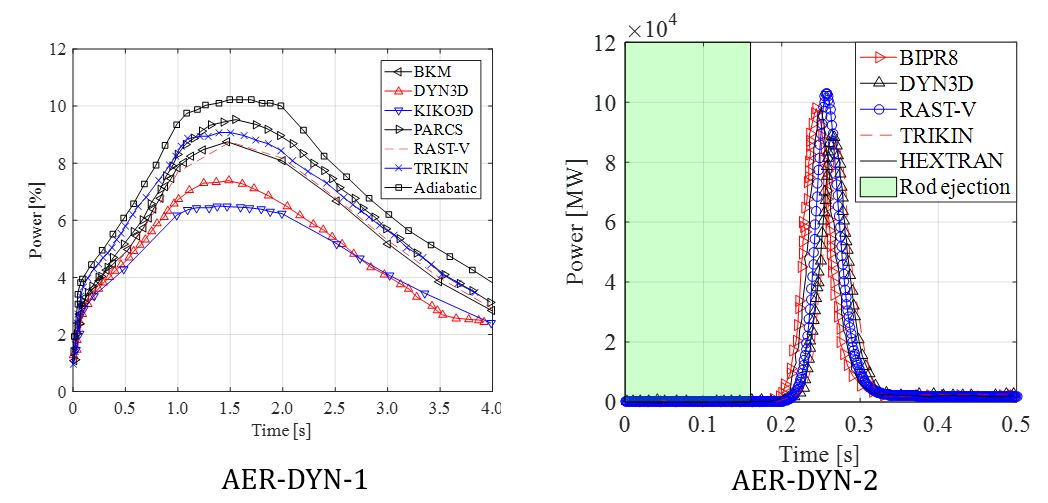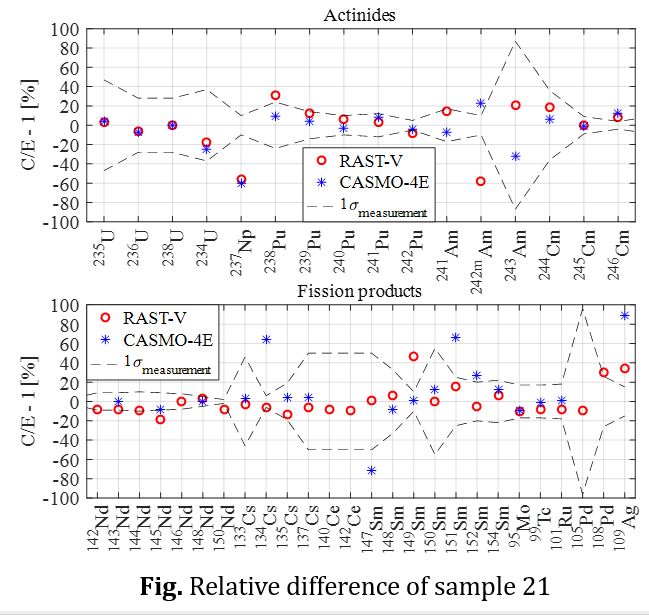Download Intro_RAST-V (to be updated)
RAST-V
The Recommended Publication for Citing
- Jaerim Jang, Siarhei Dzianisau, Deokjung Lee*, “Development of Nodal Diffusion Code RAST-V for Vodo-Vodyanoi Energetichesky Reactor Analysis,” Nucl. Eng. Tech.,54(9): 3494-3515, https://doi.org/10.1016/j.net.2022.04.007 (2022)
- Jaerim Jang, Deokjung Lee*, “Development and Validation of Transient Analysis Module in Nodal Diffusion Code RAST-V with Kalinin-3 Coolant Transient Benchmark,” Nucl. Eng. Tech., https://doi.org/10.1016/j.net.2024.01.024 (2024)
- Jaerim Jang, Yunki Jo, and Deokjung Lee*, “Development of Uncertainty Quantification Module for VVER Analysis in STREAM/RAST-V Two-step Method,” Nucl. Eng. Tech., https://doi.org/10.1016/j.net.2024.03.028 (2024)
- Jaerim Jang, Deokjung Lee*, “Development and Validation of Isotope Prediction Module for VVER Spent Nuclear Fuel Analysis,” Nucl. Eng. Tech., https://doi.org/10.1016/j.net.2023.12.032 (2024
Introduction
The RAST-V code is under further development at the Ulsan National Institute of Science and Technology (UNIST) for the hexagonal-z geometry for solving thermal reactor. The triangle-based polynomial expansion nodal (TPEN)+NEM method is implemented in the code to solve the multi-group neutron diffusion equation. The change of nuclide concentrations during burnup steps are determined by solving Bateman equation. At present, Chebyshev Rational Approximation Method (CRAM) is implemented.
Physics Model
Neutronics
– Triangle-based Polynomial Expansion Nodal method (TPEN)
– CMFD acceleration
– Pin Power Reconstruction
– Control rod movement
XS model
– 2-group group constants
– Micro XS for micro depletion
TH feedback
– 1D radial heat conduction
Spent fuel analysis
– Back-end analysis
– Burnup credit calculation
Verification and Validation
– X2 for VVER-1000 cycle 1 to 4 for steady-state
– AER-DYN for transient
– novovoronezh-4 for spent nuclear fuel




